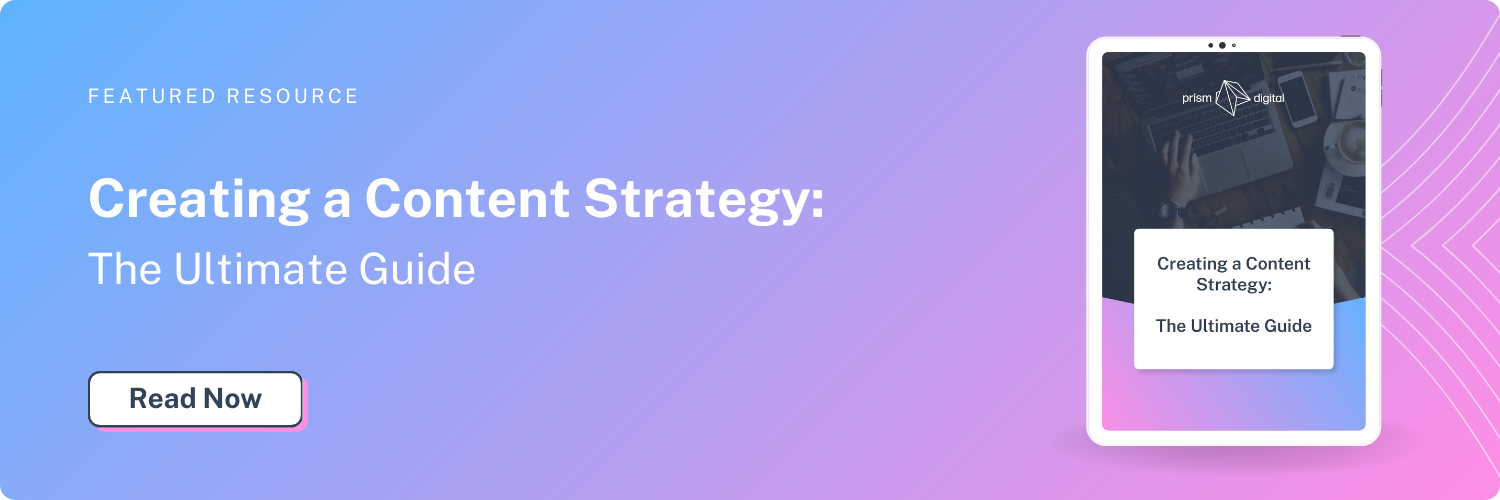Content is often hailed as the king. But let’s be real—not all content rules. Some pieces generate leads, boost engagement, and build brand loyalty, while others disappear into the abyss of the internet without so much as a click. So, what separates the viral, high-converting content from the posts that flop? Let’s break it down.
1. Lack of Clear Objectives
Before hitting publish, ask: What’s the goal? Content that lacks a clear purpose often fails because it doesn’t lead the audience toward an action. Whether it’s increasing brand awareness, generating leads, or driving sales, a well-defined objective ensures that your content has direction and impact.
A study by the Content Marketing Institute found that companies with a documented content strategy are more likely to see success compared to those that wing it. Define your KPIs, know what success looks like, and align every piece of content with that vision.
2. Misunderstanding Your Audience
Even the most well-written content will flop if it doesn’t resonate with the right audience. One of the biggest mistakes brands make is creating content based on assumptions rather than real audience data. If you’re not solving a problem or answering a question your audience cares about, they won’t engage.
Use audience insights from tools like Google Analytics, social media analytics, or customer surveys to understand their interests, pain points, and preferences. Speak their language, address their needs, and craft content that truly matters to them.
3. Inconsistency in Publishing
Consistency builds trust. If you post sporadically or disappear for months, your audience won’t stick around. Brands that publish consistently see better engagement and loyalty.
However, consistency doesn’t mean posting daily just for the sake of it. Focus on quality over quantity. A steady stream of high-value content, whether it’s weekly or biweekly, will always outperform daily posts that lack substance.
4. Weak Distribution Strategies
Even the best content won’t perform if no one sees it. Many brands focus solely on content creation and neglect distribution, leading to missed opportunities.
To maximize reach, leverage multiple channels:
- Share on social media (LinkedIn, Twitter, Instagram, etc.).
- Optimize for SEO so that your content ranks in search results.
- Utilize email marketing to reach your subscribers.
- Repurpose content into different formats (videos, infographics, etc.).
- Collaborate with influencers or industry leaders for broader exposure.
A great blog post that isn’t promoted effectively is like a billboard in the middle of the desert—it exists, but no one sees it.
5. Focusing on Quantity Over Quality
Churning out large volumes of content doesn’t guarantee success. In fact, it can backfire. Poorly researched, generic, or uninspired content won’t hold your audience’s attention.
Instead of trying to produce as much content as possible, focus on making each piece insightful, valuable, and engaging. Strong storytelling, high-quality visuals, and unique perspectives can make content stand out in a crowded digital space.
6. Ignoring SEO Best Practices
SEO isn’t just about stuffing keywords—it’s about helping your content reach the right people at the right time. Many content pieces flop because they aren’t optimized for search engines, making them difficult to find.
To improve visibility:
- Conduct keyword research to understand what your audience is searching for.
- Optimize headlines, meta descriptions, and alt text for SEO.
- Structure content with subheadings, bullet points, and short paragraphs for readability.
- Focus on building backlinks to increase domain authority.
A well-optimized post can continue to drive traffic long after its publication date.
7. Failure to Evolve with Trends
The digital landscape is constantly changing. What worked a year ago may no longer be effective today. Brands that fail to adapt to new trends, platforms, or audience behaviors risk falling behind.
For example, video content has surged in popularity. If your brand is still relying solely on long-form text without incorporating videos, infographics, or interactive elements, you may be missing out on engagement opportunities.
Stay ahead by keeping up with industry trends, testing new formats, and being open to change.
8. No Clear Call-to-Action (CTA)
Great content should drive action. If you’re not telling your audience what to do next, they’ll scroll past without engaging further. A strong CTA should be clear, compelling, and aligned with your goal.
Instead of vague CTAs like “Learn more,” try action-oriented ones like:
- “Download our free guide to improve your marketing strategy.”
- “Sign up for our newsletter for exclusive insights.”
- “Start your free trial today.”
Make it easy for your audience to take the next step.
Conclusion
Content success isn’t about luck—it’s about strategy. Want to take your content marketing strategy to the next level? Let’s chat.
Prism Digital Inc. specializes in crafting high-impact content that delivers real results. Reach out today and let’s create something great together.
.png?width=200&height=73&name=Logo(1).png)


